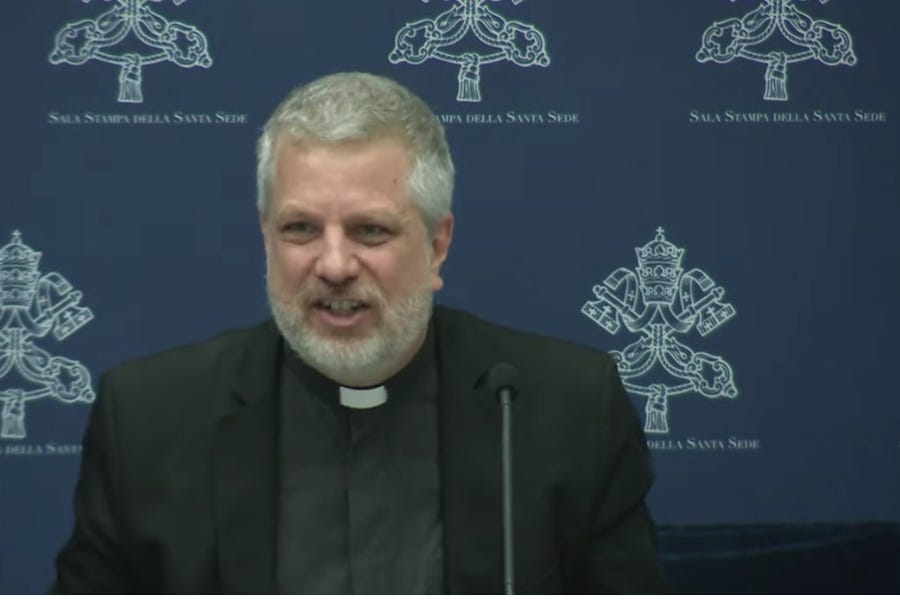Synod of the Round Tables: How October’s meeting will work
There will be several significant differences from previous synod gatherings.
The phrase “Synod of Bishops” typically brings to mind images of churchmen seated in descending rows in the Vatican’s New Synod Hall, looking toward a stage at which the pope and a handful of officials are seated.

